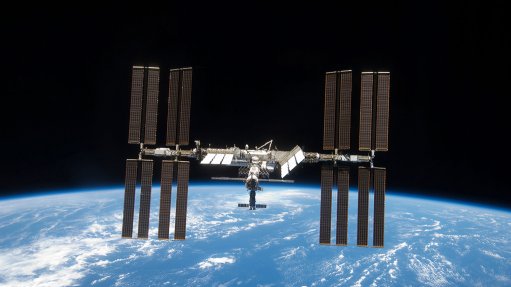
The International Space Station
Photo by: Nasa
Monday marked the 20th anniversary of the arrival of the first crew on board of the International Space Station (ISS). More than 15 countries have worked together to build it, and, since the first three-man crew (Russians Yuri Gidzenko and Sergei Krikalev, and American William Shepherd) boarded it, no fewer than 241 people from 19 countries have visited or served aboard it.
The second crew on the ISS included the first woman to serve on it, American flight engineer Susan Helms. In 2008, the ISS got its first woman commander, American Peggy Whitson, and last year the station saw the first team spacewalk (officially called an ‘extravehicular activity’ or EVA) carried out only by women, again Americans, Christina Koch and Jessica Meir. (To digress a little, the first woman to make a spacewalk was Russian Svetlana Savitskaya, in 1984, from the Salyut 7 space station; Savitskaya was also the first woman to fly in space twice.)
The ISS was constructed and is supported and funded by an alliance of 15 countries, the US, Russia, the 11-member States of the European Space Agency (which is not part of the European Union), Japan and Canada. It cost some $150-billion, and has an inhabitable volume of 388 m3 and a mass of about 450 t. The pressurised section is 73 m long, the ‘truss’ that supports the solar arrays is 109 m long, and the solar arrays themselves are 35 m long.
It orbits at an altitude of between 370 km and 460 km and has an orbital velocity of about 27 500 km/h. It has an orbital inclination (angle to the equator) of 51.6˚ and takes about 90 minutes to orbit the Earth. As it moves from sunlight to shadow, its metal structures contract and then expand again when it re-enters sunlight, the resulting structural flexing actually being audible to its crew. Little wonder that it requires constant maintenance. The assembly and maintenance of the ISS has so far required more than 227 EVAs.
Originally, ISS crews numbered three each, but later expanded to the current six. Crew members can serve aboard the station for six months, but sometimes for much longer. The record is held by Russian cosmonaut Valery Polyakov, at 437 days. (The woman’s record is 328 days, held by Christina Koch.)
The first elements for the ISS were launched into orbit in 1998. Although science was always done on the ISS, until 2011 the station was still being assembled. Once assembly had been completed, science could become the prime mission of the station. Over the past nine years its scientific experimentation capabilities have been expanded. More than 3 000 experiments developed by researchers in 108 countries have been carried out on board the ISS. This research has covered everything from sequencing DNA in zero-gravity in space to studying high-energy particles from far distant astrophysical phenomena. The crews themselves have also been research subjects, regarding such things as the effects of weightlessness on the human body.
The ISS is currently cleared to operate until 2024, but much of it is certified for safe operation until 2028, and other components for even longer. It is not yet clear what the future of the ISS will be. It could be decommissioned and crashed into the Pacific Ocean, or disassembled and the younger components re-used to create a new space station, or it could be refurbished for continued use by space agencies (as now), or handed over to space enterprises for them to refurbish and re-use as they desired.